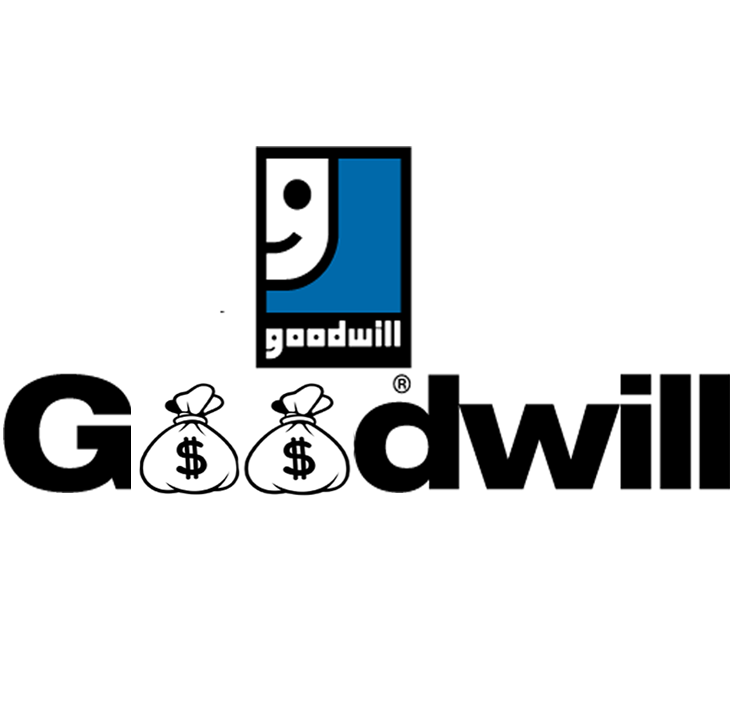
Goodwill Goes All In On E-Commerce
Goodwill recognizes the imperative to embrace e-commerce as a crucial avenue for revenue generation, essential for advancing its mission of providing job opportunities for disadvantaged individuals.
Established in 1902, Goodwill has long served as a popular destination for people seeking to donate lightly used items and explore secondhand goods. However, in the realm of online retail, Goodwill lags behind competitors such as ThredUp, Poshmark, and Depop, which specialize in pre-owned clothing.
Comprising 154 independent organizations, each with its own leadership and inventory management, Goodwill faces the challenge of unifying its online presence. While some branches utilize ShopGoodwill.com, an e-commerce auction platform initiated in 1999, others leverage platforms like eBay to sell donated items.
To address these shortcomings, a select few Goodwill branches have collaborated to launch GoodwillFinds, a new online platform aimed at enhancing the presentation of inventory through improved photography. Matt Kaness, CEO of GoodwillFinds eCommerce, emphasizes the necessity of adapting to the competitive landscape, where for-profit entities increasingly target the market for donated goods.
GoodwillFinds mirrors the layout of mainstream retail websites, offering categories such as women’s apparel and electronics, alongside unique sections like “Heirloom-Quality Finds” and clearance items. Despite the focus on modernization, the organization remains grounded in its mission, as revenue from sales supports programs aiding over two million individuals annually.
However, Goodwill faces challenges in the evolving landscape of secondhand retail. With the rise of online consignment services like ThredUp and the RealReal, traditional donation practices are being reconsidered. The burgeoning secondhand market, valued at $174.1 billion in the U.S. and projected to reach $258.8 billion by 2027, underscores the urgency for Goodwill to adapt.
The success of Goodwill’s online initiatives is crucial for its continued impact, as demonstrated by individuals like Ronnie Hunter, whose employment journey was facilitated by the organization’s workforce development programs. Yet, competing with established e-commerce giants demands significant investment and strategic alignment across the organization.
Despite the progress made by GoodwillFinds, significant hurdles remain, including the need to overcome consumer perceptions and establish a cohesive online experience. Investment in technology and operational infrastructure is essential for Goodwill to thrive in the digital marketplace while maintaining its commitment to serving communities in need.
Discussion
Be the first to leave a comment